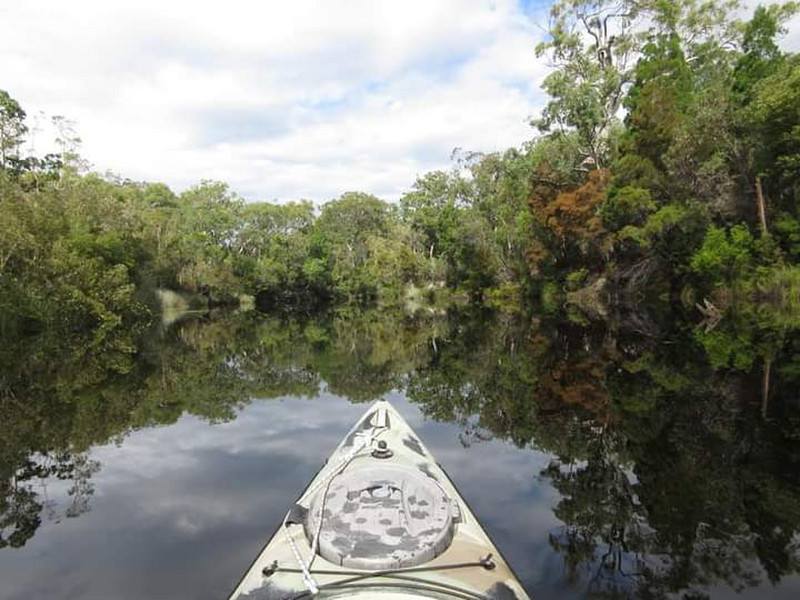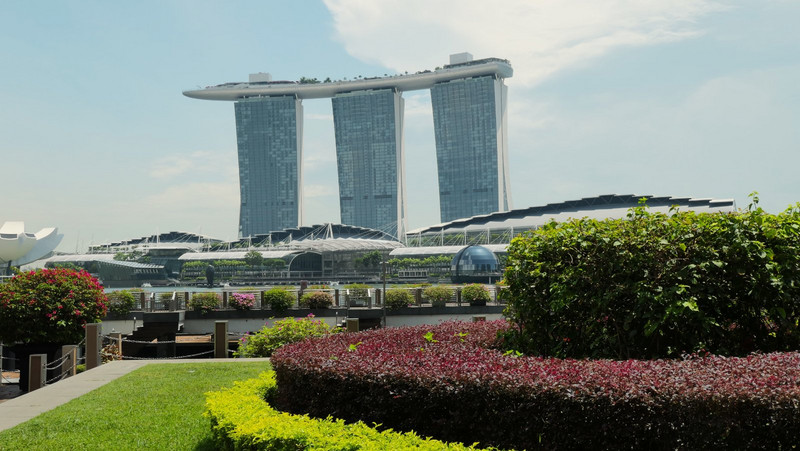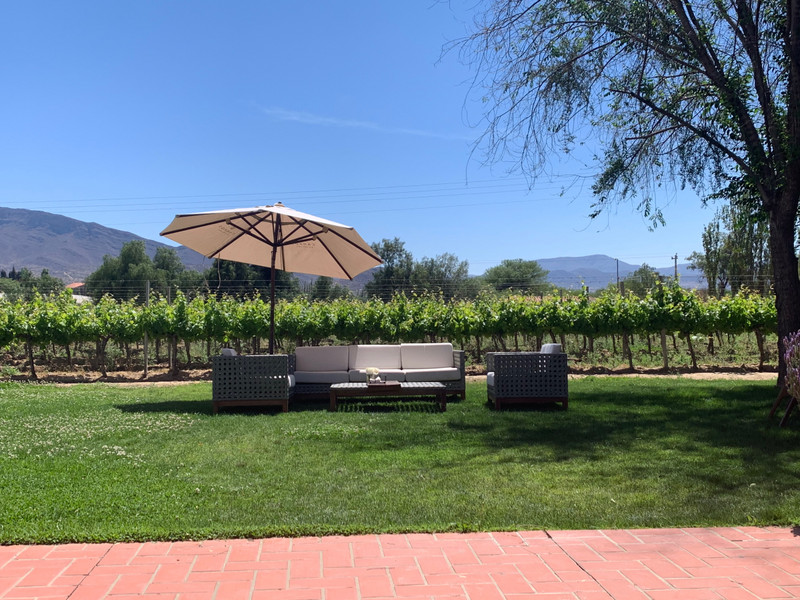After a relaxing stopover at my parents house in Brisbane, my northward migration continued with the short trip up to Noosa on the beautiful Sunshine Coast. But as picturesque as the scenery around Noosa may be - with a headland covered in coastal forest and lined with beautiful beaches - my main reason for visiting was to get up into the Cooloola Recreation Area section of the nearby Great Sandy NP, where the Noosa River snakes its way towards the sea via a pair of shallow, brackish lakes (Cootharaba and Cooroibah). And to help facilitate my exploration of this unique and virtually undisturbed ecosystem (the Noosa River being the only major river in Australia whose upper catchment is entirely protected within a national park) I had booked a kayak for four days, so that I could get as far as possible up the river and properly immerse myself in the surroundings.
Unfortunately the closest I could get to the Upper Noosa River (the section beyond Lake Cootharaba, which sits about 20km upstream from the rivers mouth) by public transport was the town of Tewantin, which still left me 20km short of my target at Elanda Point on the western shore
of Lake Cootharaba. So with my trusty backpack sporting a new chest strap (thanks to and sewing skills of my old man and a couple that live up the street) I hit the bitumen and started pounding out the miles along a secondary road that would lead me in towards the lake. Thankfully I only had to walk half the distance before a lovely lady stopped to offer me a ride. Joy was her name, and she had lived in Melbourne her whole life, before deciding to pull up stumps and relocate to the tiny lakeside settlement of Boreen Point only a few months before coronavirus (and the boundless of Victorias state government) had laid waste to Melbournians lives... a decision that, with the benefit of hindsight, would appear nothing short of genius!
Having been dropped off right at the entrance to Habitat Noosa - a consisting of an expansive campground, glamping tents, restaurant, gelato bar and microbrewery - I immediately claimed my lakeside campsite and threw my boardshorts on to go for a swim... only to end up walking about a hundred metres out into the lake without even getting my knees
wet! Despite covering an area of around fifty square kilometres, the average depth of Lake Cootharaba is only around a metre - so as I recall once doing at a beach in Denmark, I had to lie down on the bottom just to get myself properly wet! Thankfully lunch and beers at the brewery offered some degree of consolation.
After spending a relaxing afternoon getting acquainted with the abundant birdlife at the campground (ducks, magpies, kookaburras, hooded plovers, honeyeaters, and even a solitary great egret fishing in the lake) I then watched as the resident kangaroos gathered shortly before sunset to graze contentedly on the manicured lawns around the glamping tents. And then once the sun had gone down the unmistakably haunting cries of a pair of bush stone curlews could be heard piercing the silence - a sound I had not heard since my last stint in the tropics many years ago.
Rising early to a glorious sunrise over the lake the next day (Monday 7th June), I was soon packed up and ready to get going after having my rental kayak dropped off to me at the campground. By I was on my way,
with barely a ripple creasing the surface of Lake Cootharaba as I headed out from shore and turned left to tackle the 4km crossing from Elanda Point to the unmanned (and unfortunately closed) information centre at Kinaba, that marks the entry to the Upper Noosa River system. From there I headed through a narrow channel, passing the mouth of Kin Kin Creek (and following the directional markers very carefully) before emerging onto the smaller Fig Tree Lake, where I enjoyed a snack break in the shady cove at Fig Tree Point.









